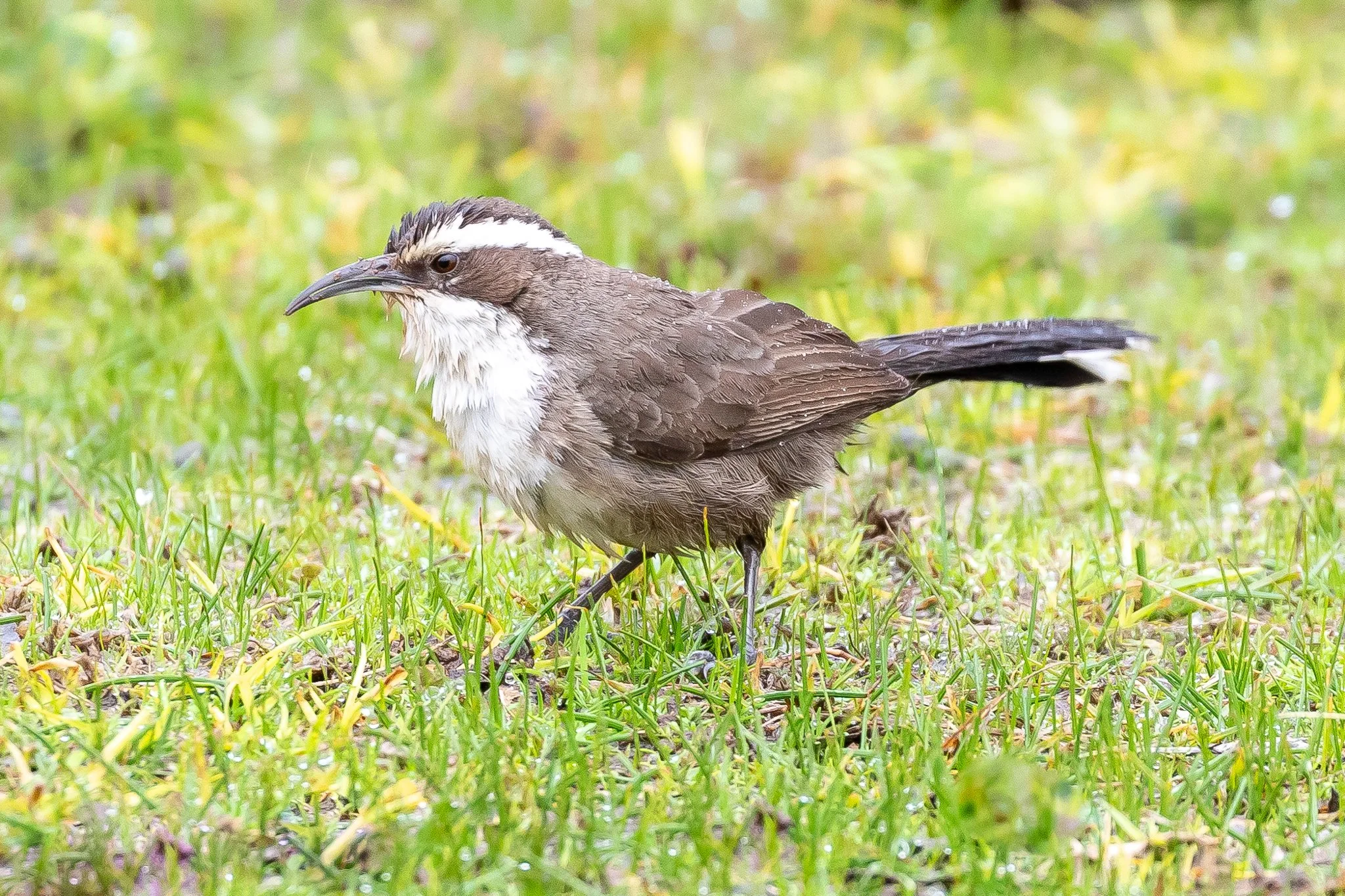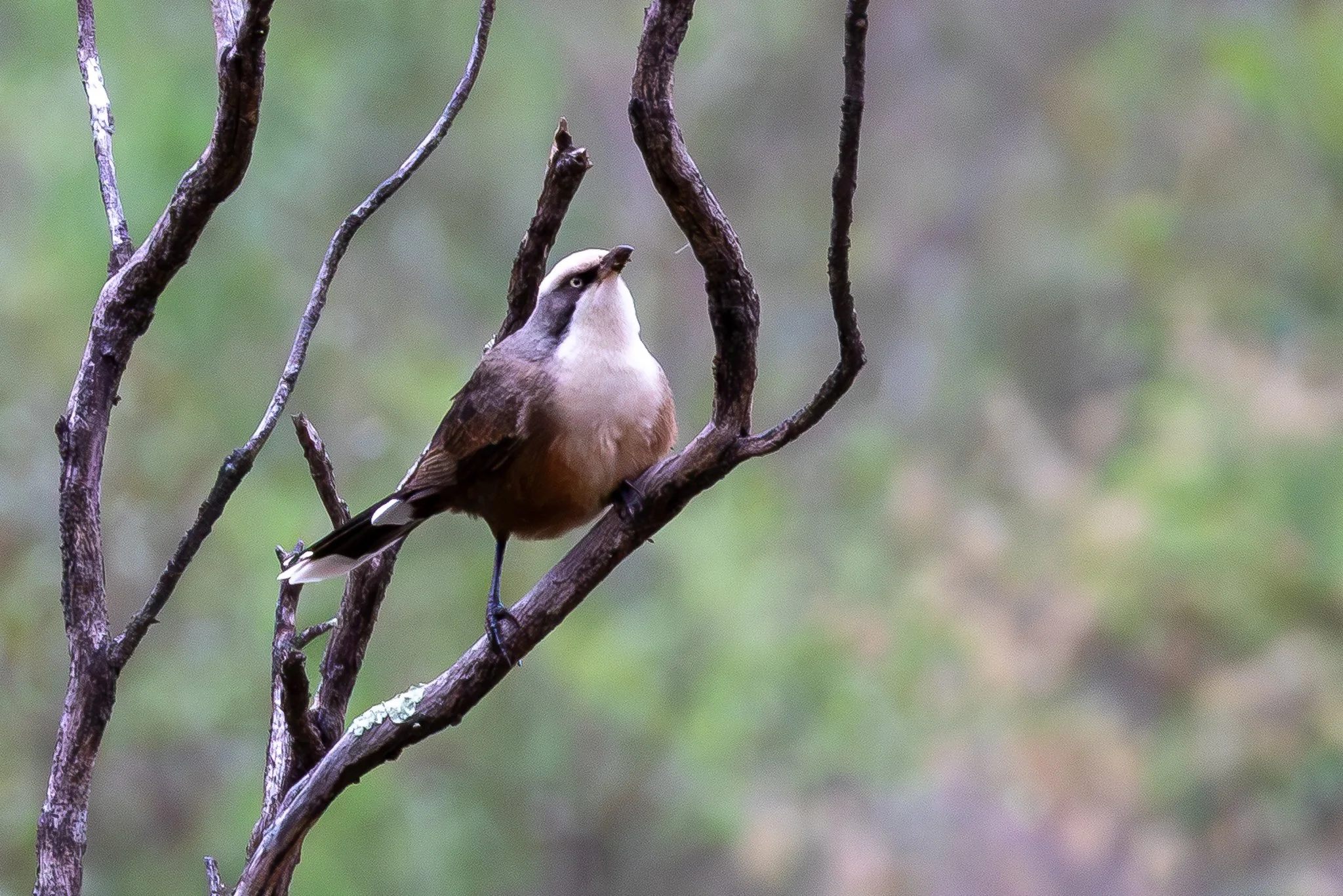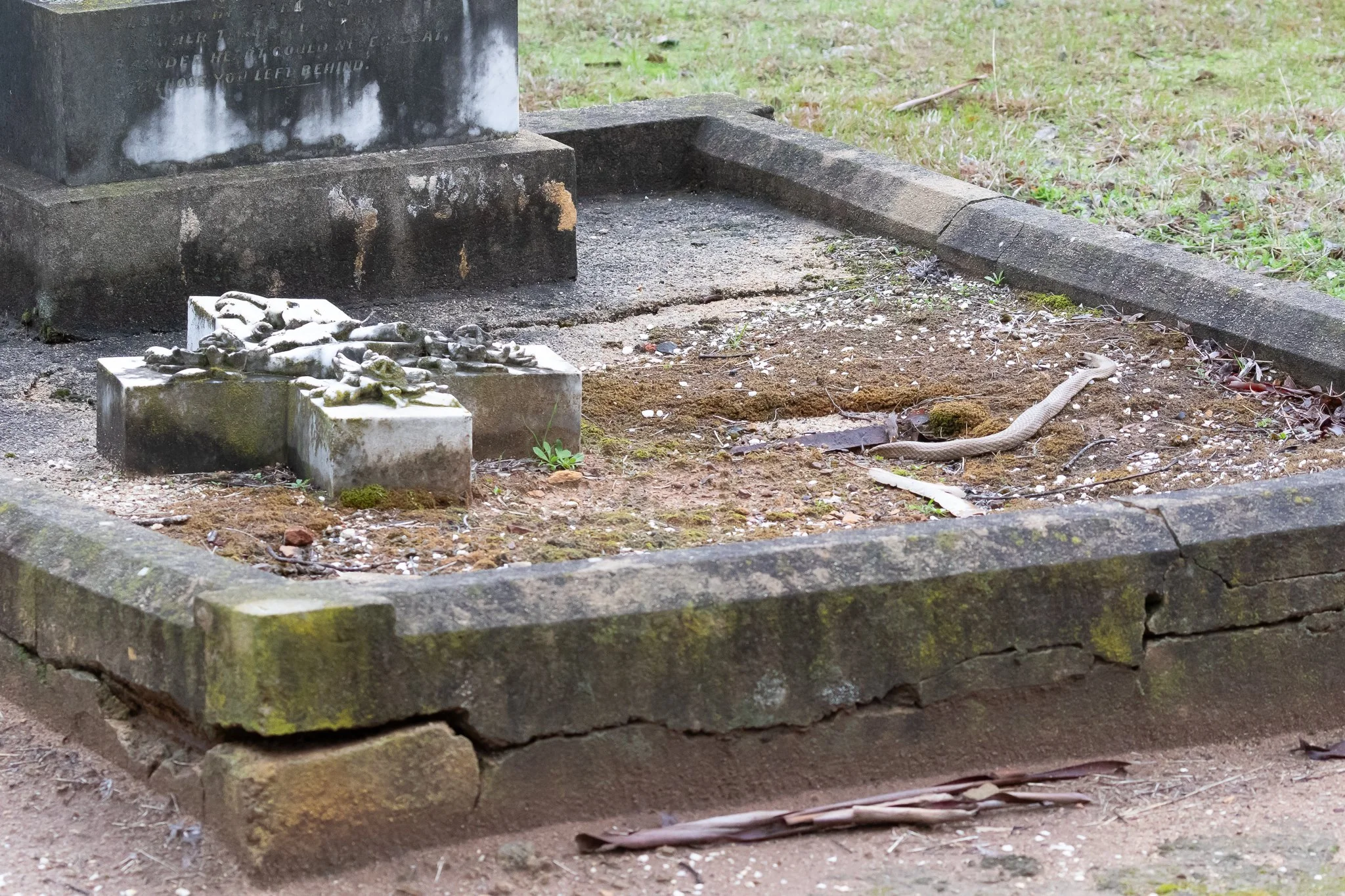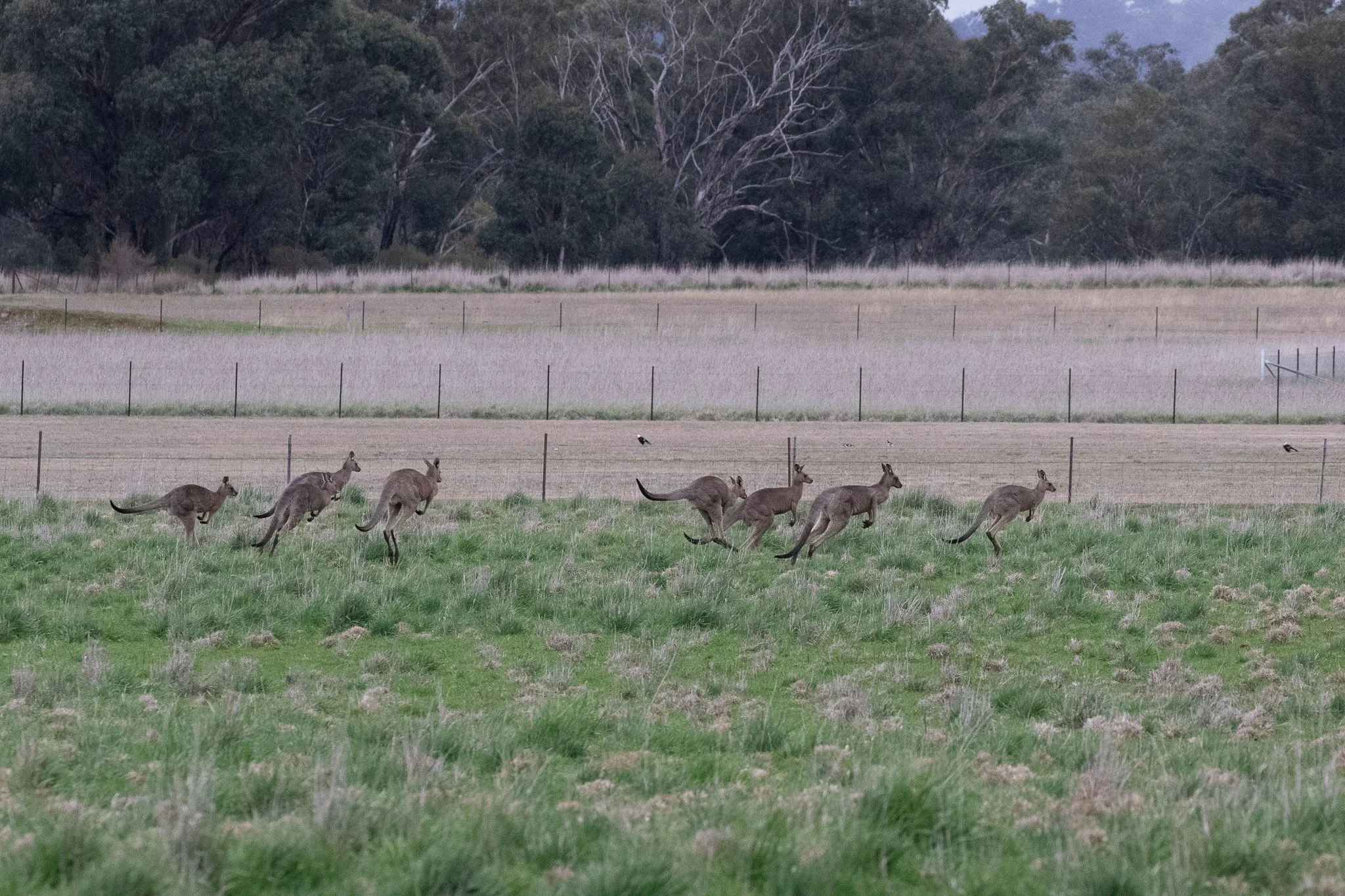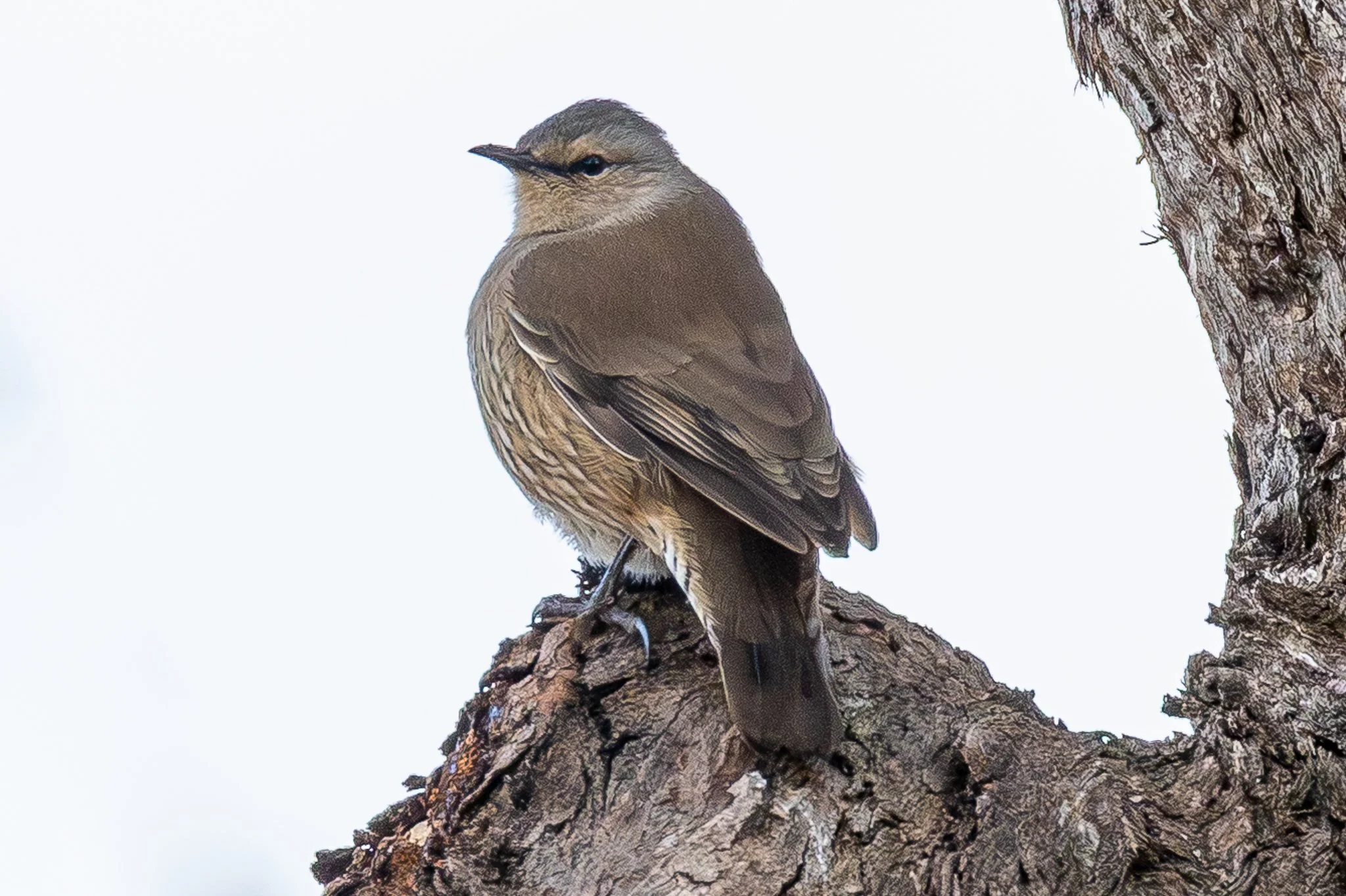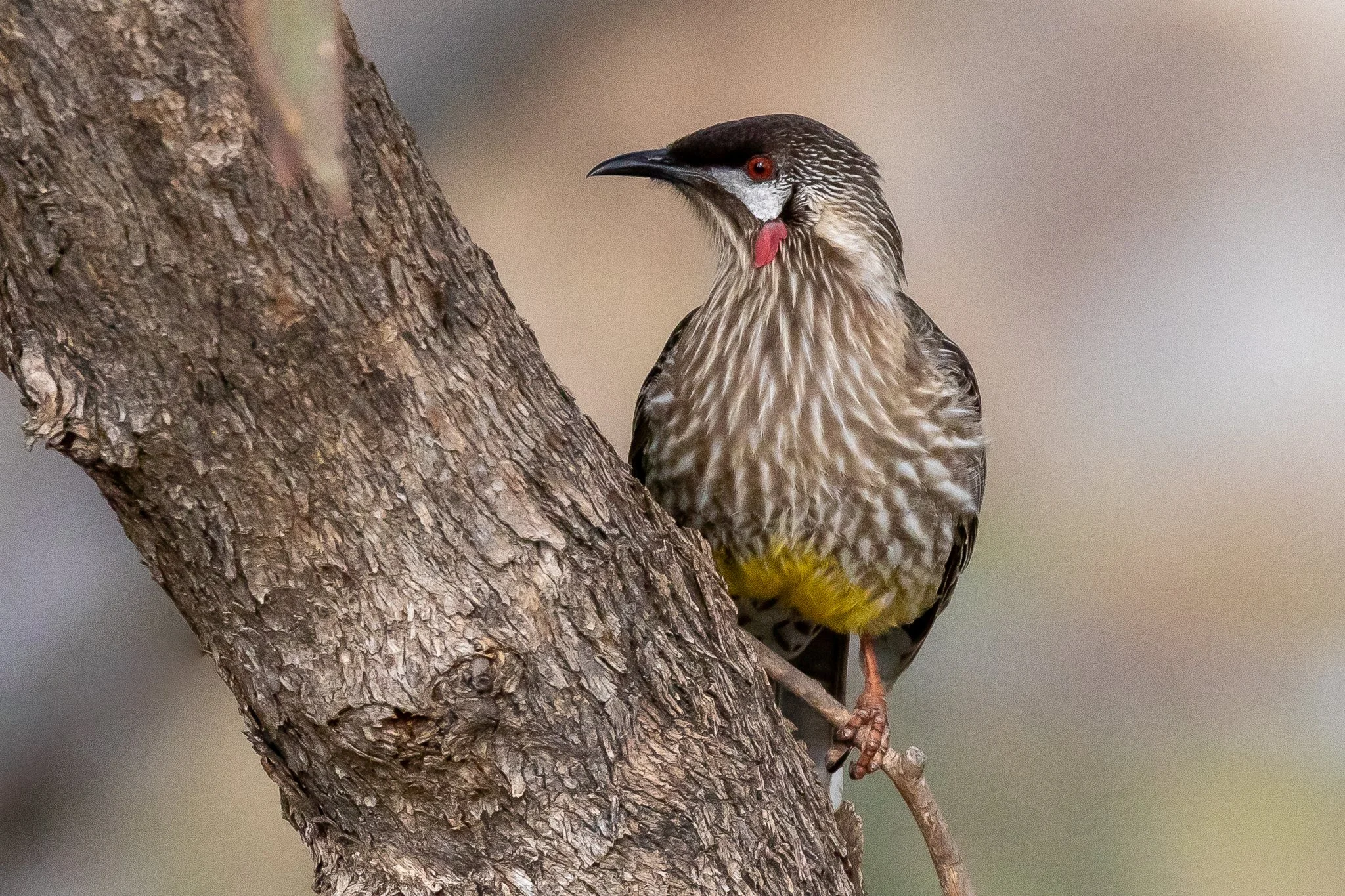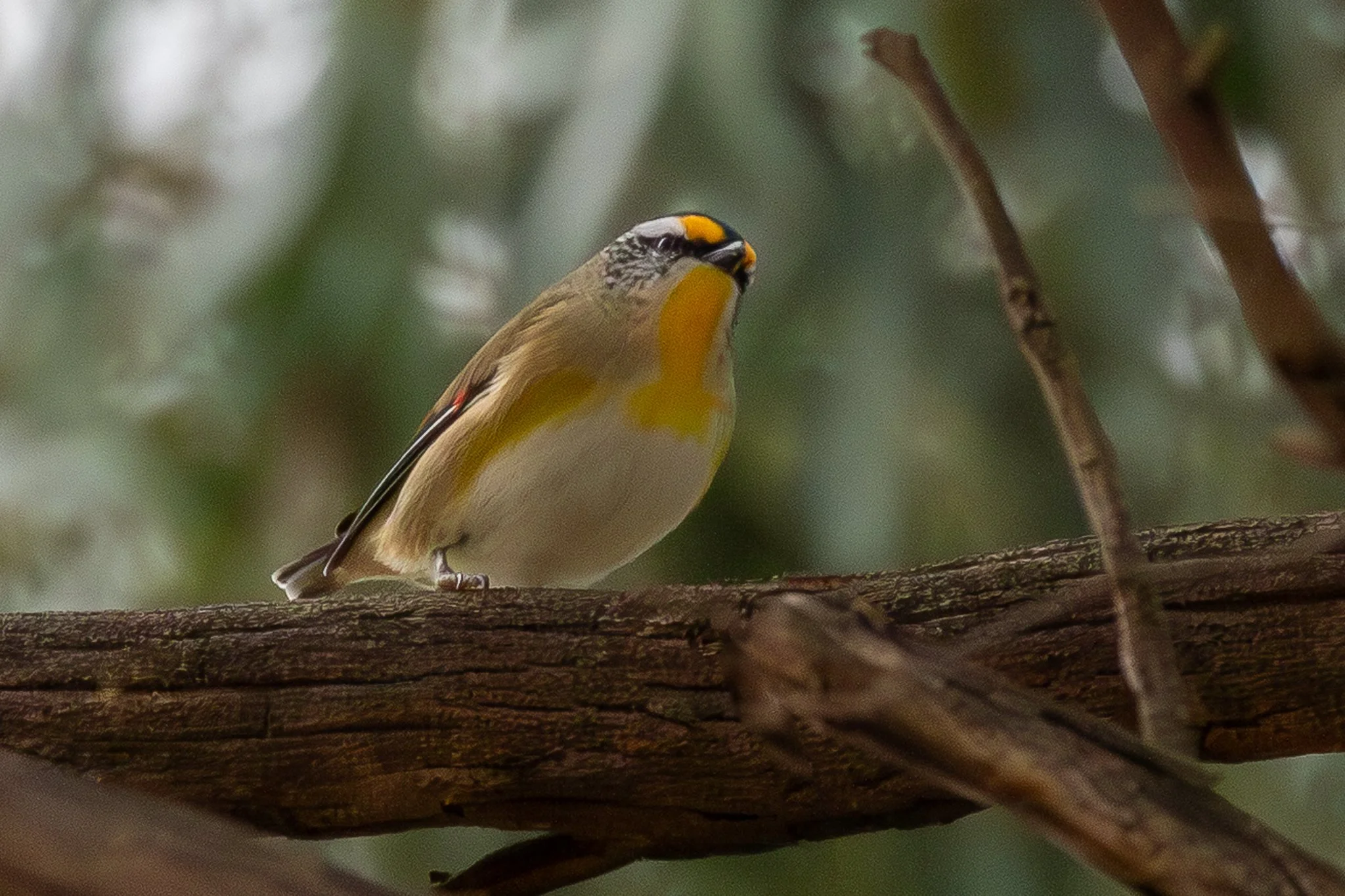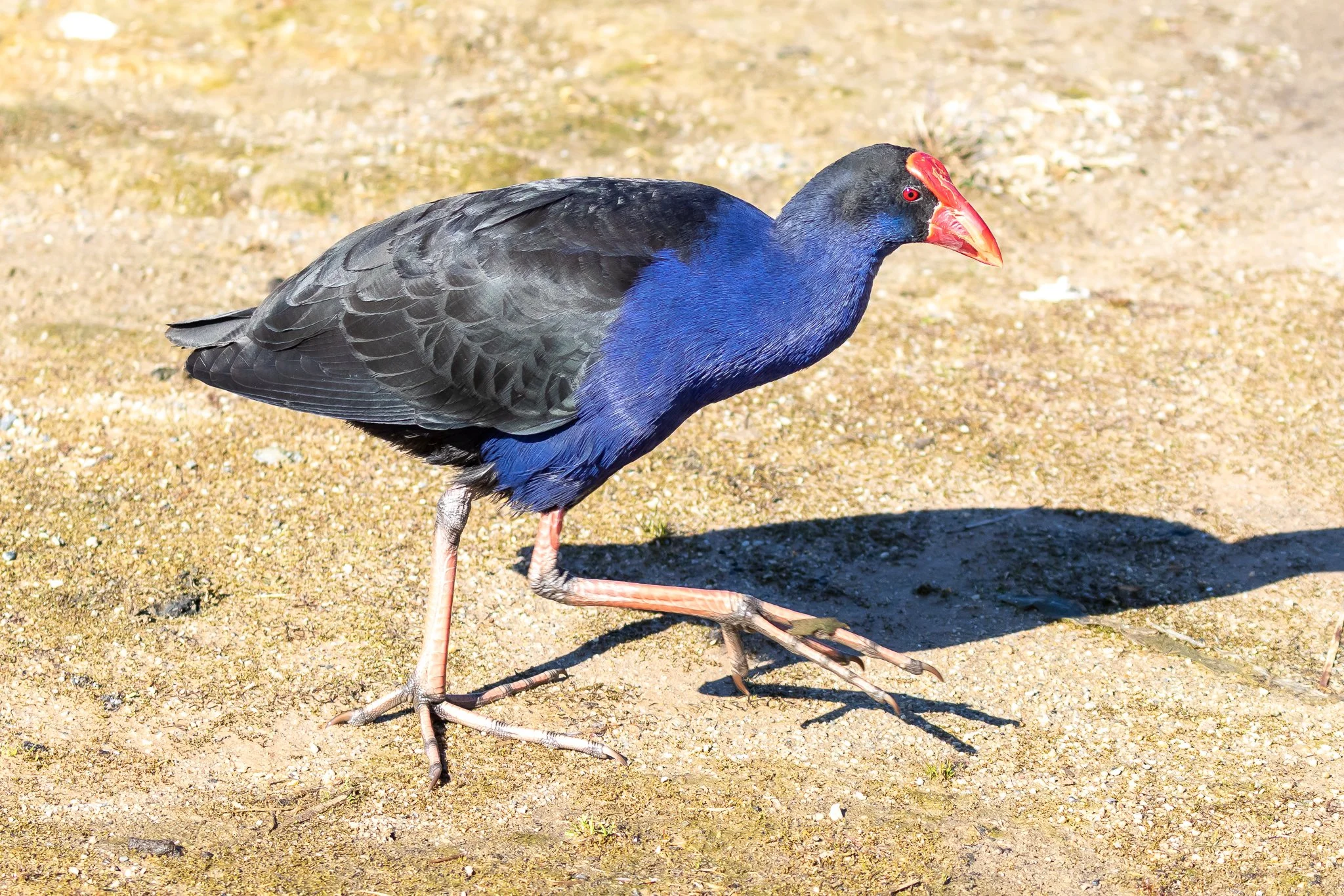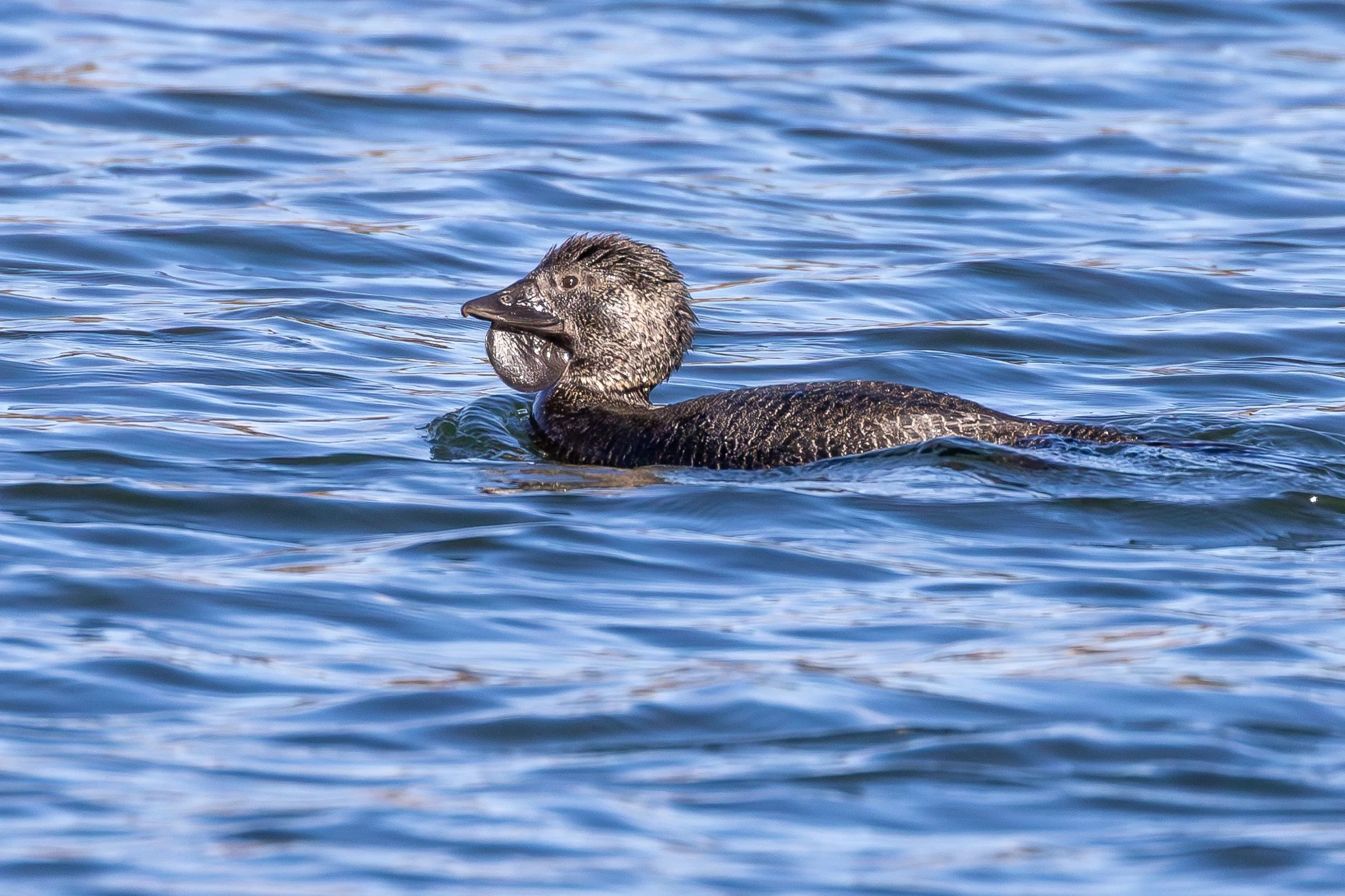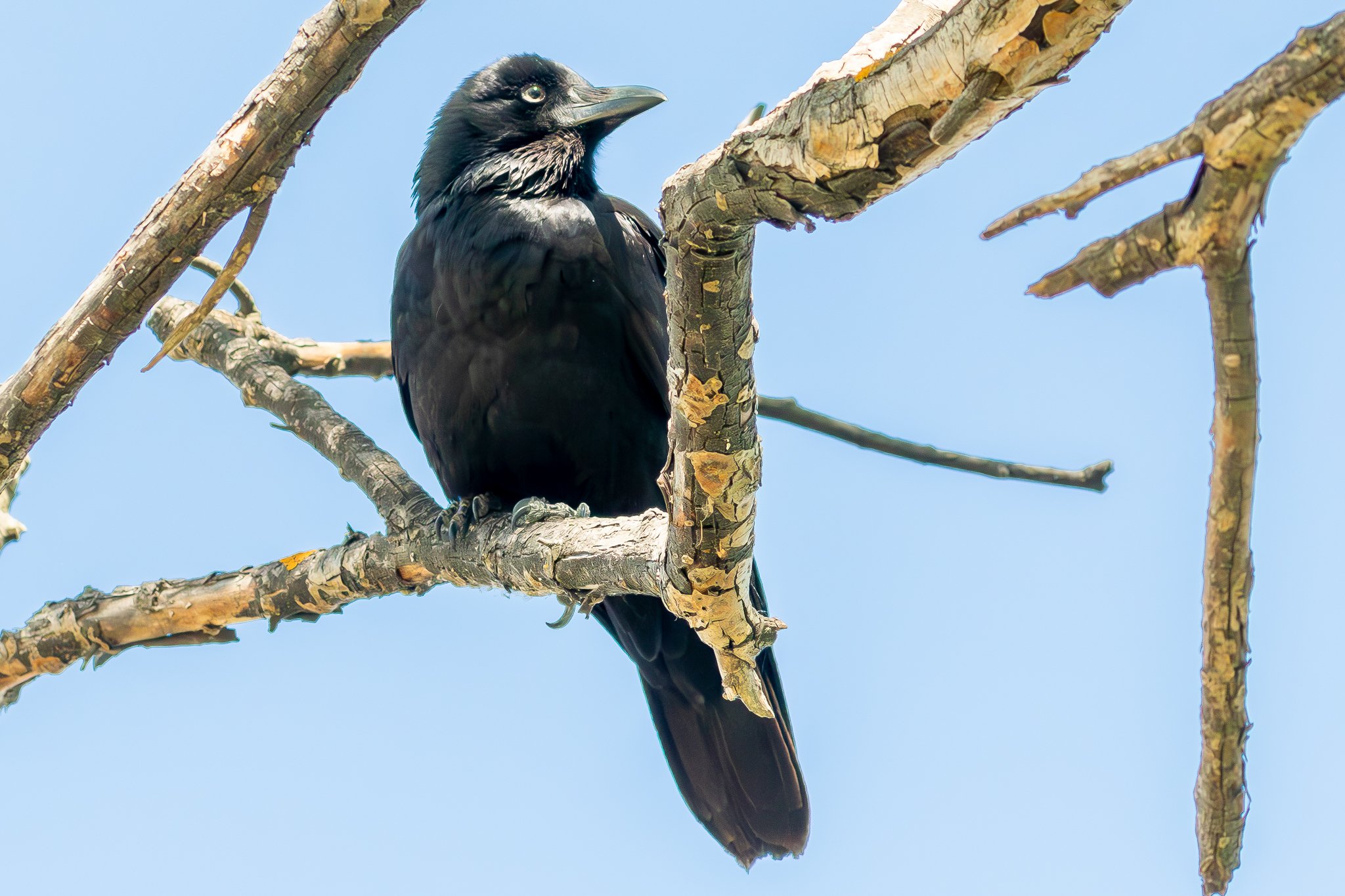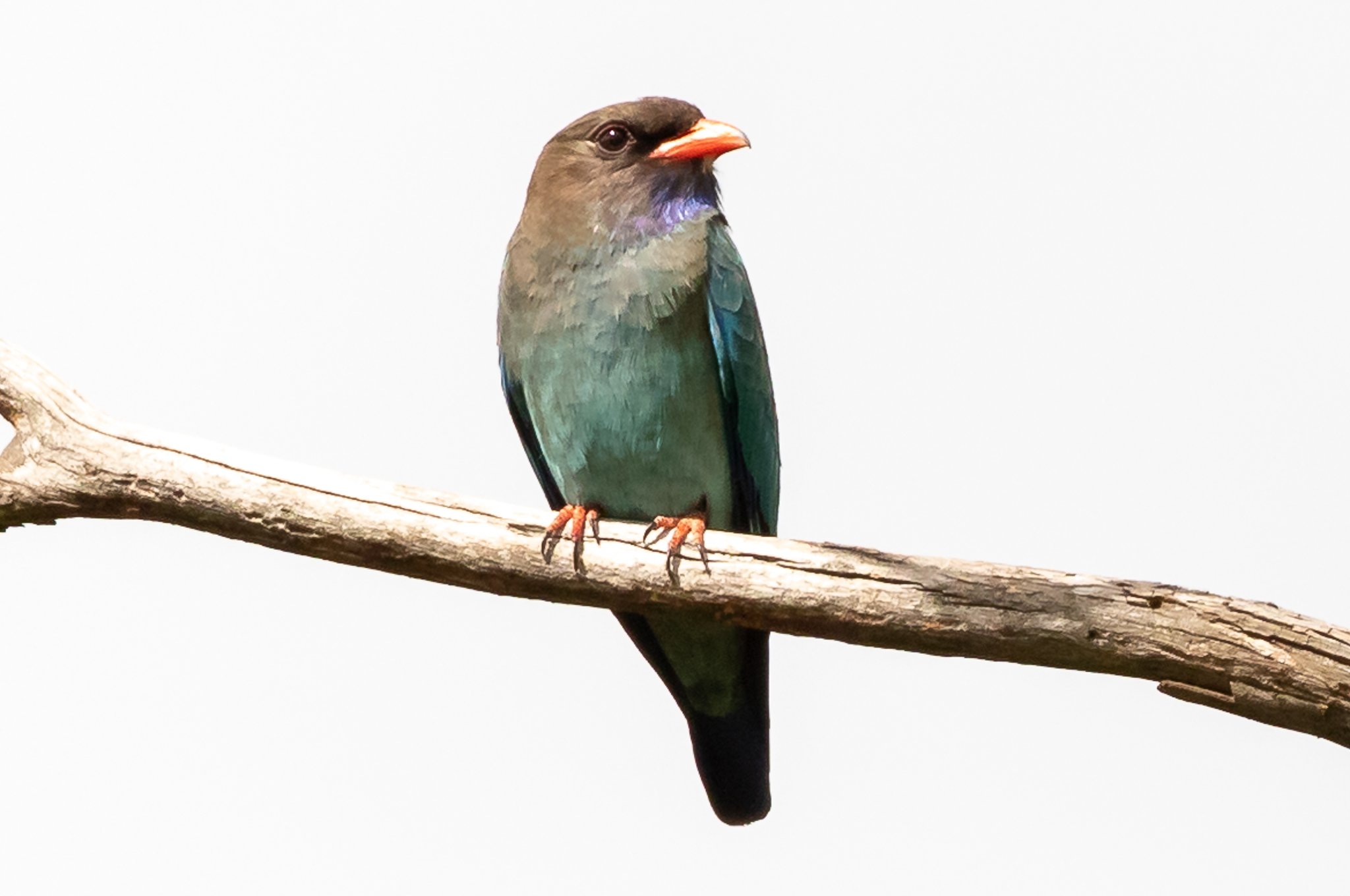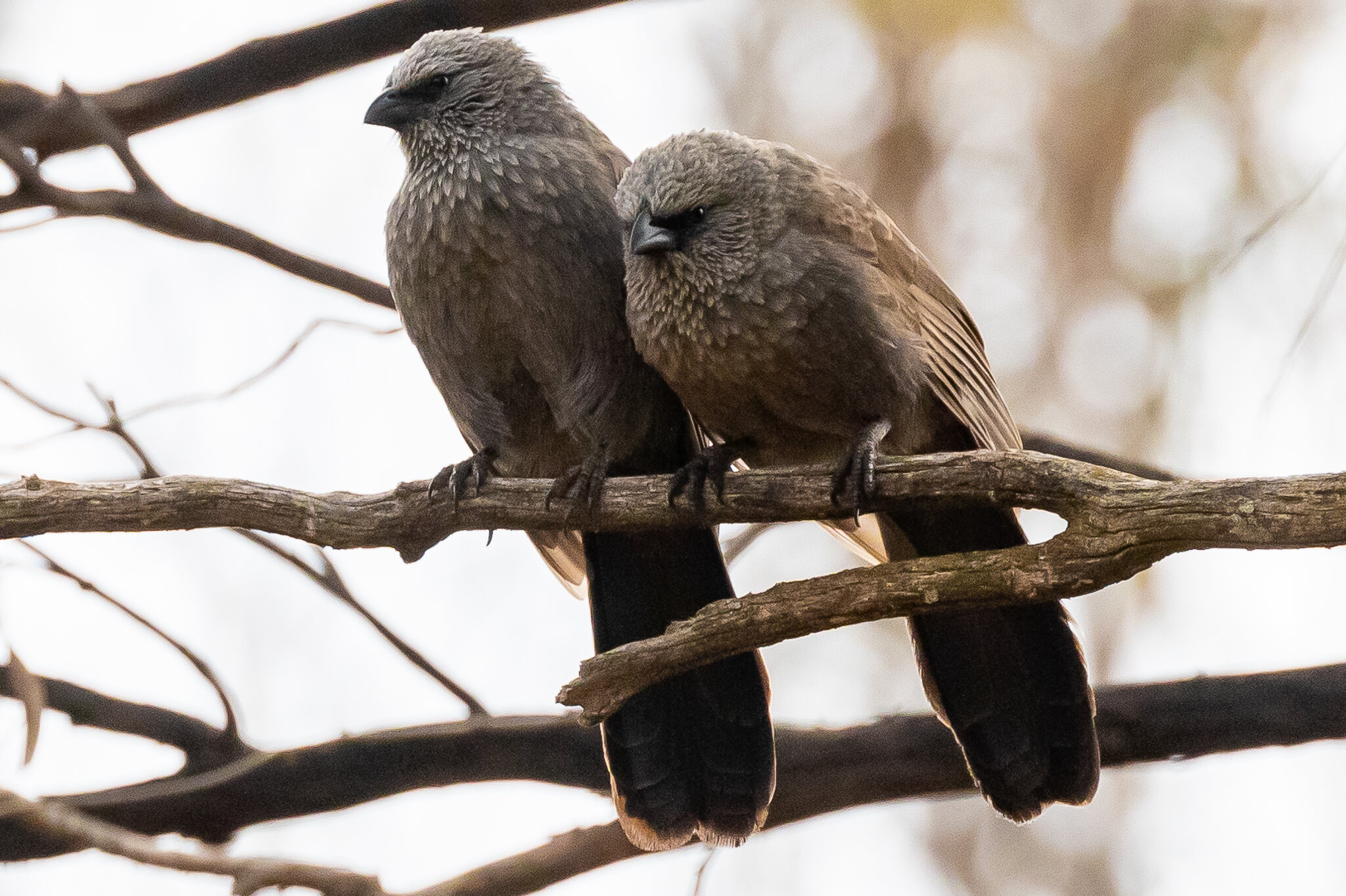The autumn Woodland Birds Survey at Cowra was held last weekend, with over thirty surveyors counting birds at 93 sites. As discussed previously, this survey has been running for 18 years and generates important information as to how woodland birds are responding to the challenges of development and climate change.
Four years ago the Cowra survey was my first entree into the world of birds, bird photography and bird surveys. As a novice surveyor I opened gates, pointed helpfully at birds and enjoyed the beautiful countryside. I gained great respect for my fellow surveyors and their expertise and enthusiasm. Since then I have studied bird profiles and tried to learn their songs. I bought a camera in 2015, a Canon EOS 7D II with a Canon 100-400 IS USM lens and found an absorbing and fascinating new hobby - the results of which adorn this website. After four years of surveying I hope to trade my learner surveyor’s plate in for a “P” plate at least.
Last Friday, before the surveys, I went to Conimbla National Park for a pre-view of Cowra birds. At the Wallaby Picnic Area I saw Golden Whistlers, an Eastern Yellow Robin, Red-browed Finches, Superb Fairy-wrens and took my first photo of a Speckled Warbler.







